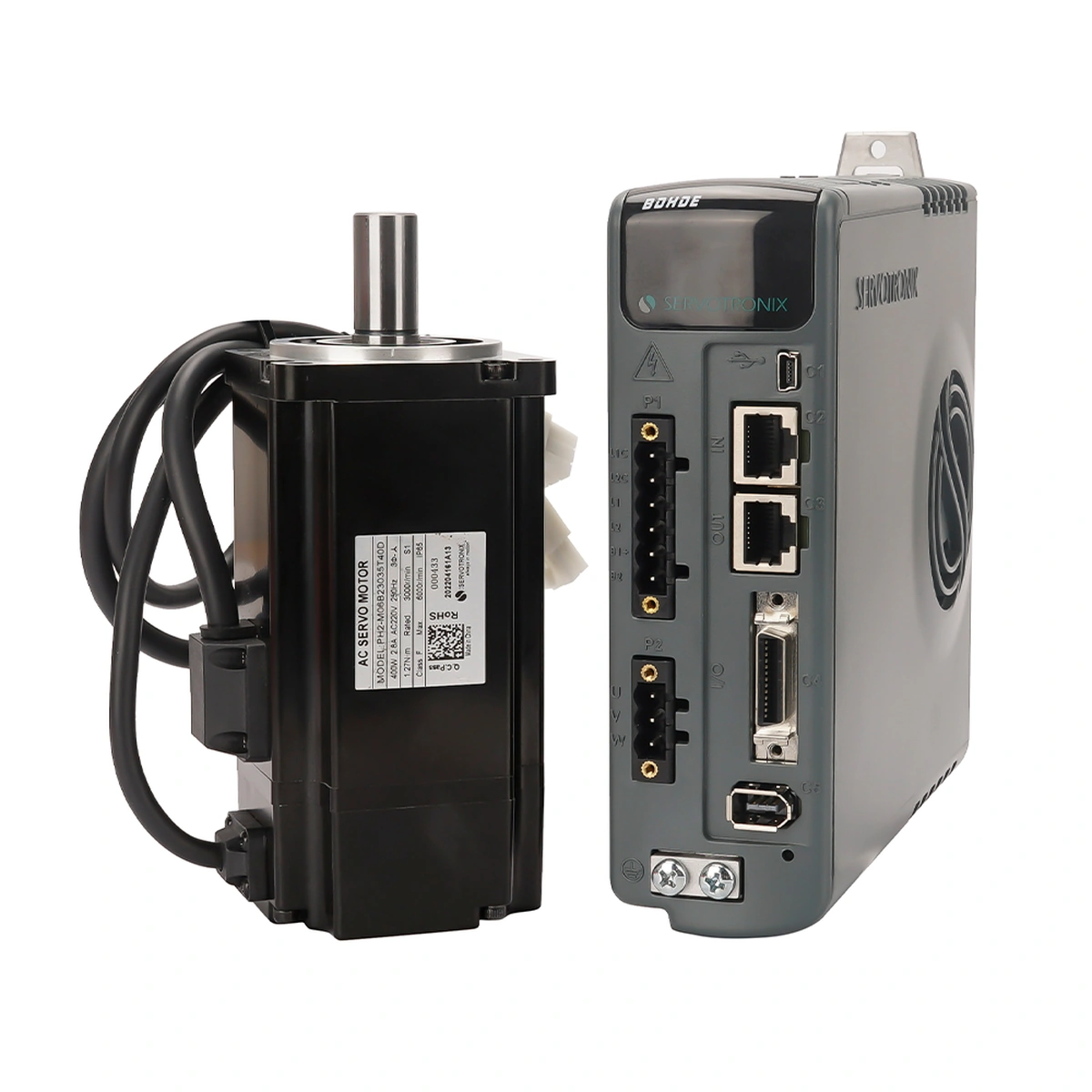
Which motor is used in shearing machine?
Shearing machines typically use electric motors such as AC induction motors or hydraulic motors, selected for their power, reliability, and ability to deliver high torque to drive the cutting blades.
Shears utilize blades to cut or shear sheet metal, plate and bar stock. Choosing the right motor is important for generating the required force and accurately controlling the shearing action. In this article, we will examine common motor solutions that power the blades of a metal shear.
AC Induction Motor
AC induction motors are a popular choice for shears. Induction motors provide high starting torque to quickly accelerate large rotating blades from a standstill to cutting speeds. Their simple, rugged design can also withstand the sudden torque generated when shearing tough metals.
Searboxes
While the induction motor rotates at high speeds, the shear blades require lower speeds and higher torque. Gearboxes provide speed reduction and torque multiplication between the motor and the blade. Helical gearboxes provide quiet operation and efficient power transfer. The gearbox allows the motor to operate in its optimum speed range.
Servo motor

For maximum accuracy, servo motors combined with digital drives control the position, speed and torque of the shear blades. This improves cutting accuracy and repeatability. The programmable capabilities of servomotors also simplify automation of the shearing process. Commonly used servo motors are brushless DC motors and AC induction servo motors.
Conclusion
Shears place stringent demands on motors. Motors must produce high torque and provide adjustable speed control. By selecting the right motor and pairing it with the proper gears and drives, the performance of the shearer can be optimized to provide higher cut quality and higher productivity.



Leave a Comment